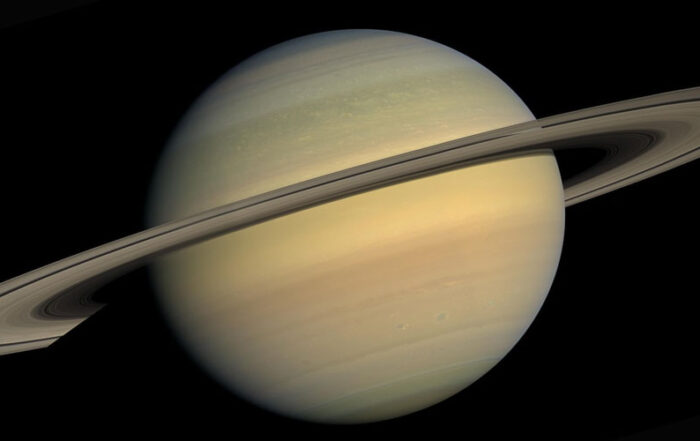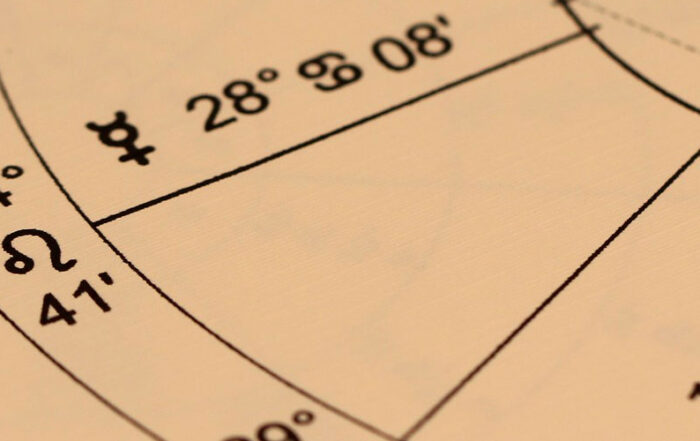The word deity may be a little scary or off-putting for some. Especially those with less than pleasant memories from a religious upbringing. For others, it may bring a sense of inspiration and even awe.
But what is a deity? What does this potentially misleading word mean?
Every palm leaf reading contains specific, personalized recommendations for the practice of certain pujas. These practices were specifically prescribed for you. The Rishi who wrote your palm leaf prophecy saw your individual needs.
Pujas are a kind of spiritual practice that is very common in India. Basically, Puja is a formalized kind of prayer. It is intended to evoke the energetic presence of a particular deity.
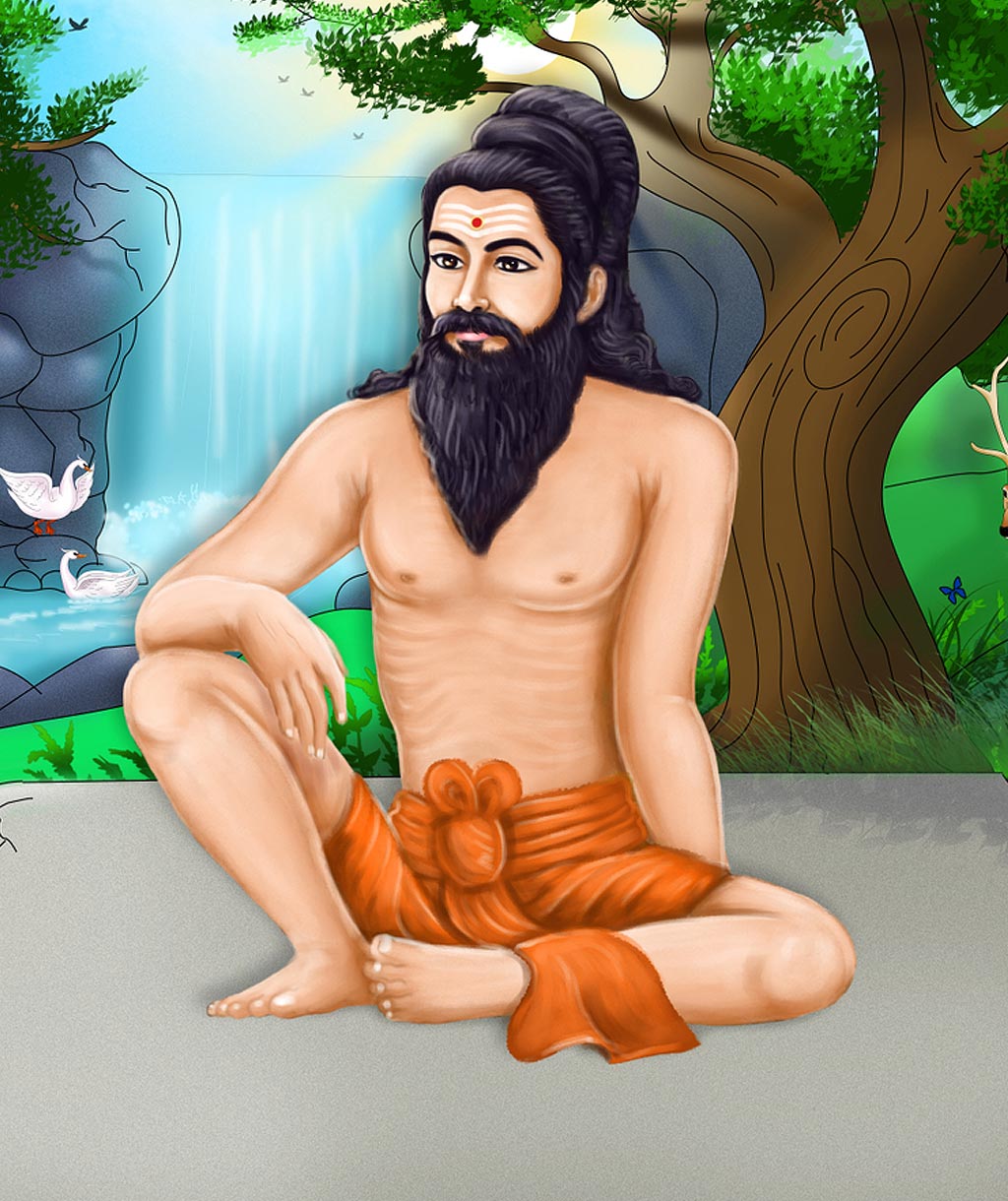
Opening to the energy of the deity is key. We allow its vibration to penetrate our being on every level. Puja is part of the practice of deity yoga.
During a textbook perfect puja practice, the practitioner feels his or her discursive mind dissolve. In place of the usual thoughts, doubts and dreams stands the deity. We experience the living presence of that particular manifestation of consciousness.
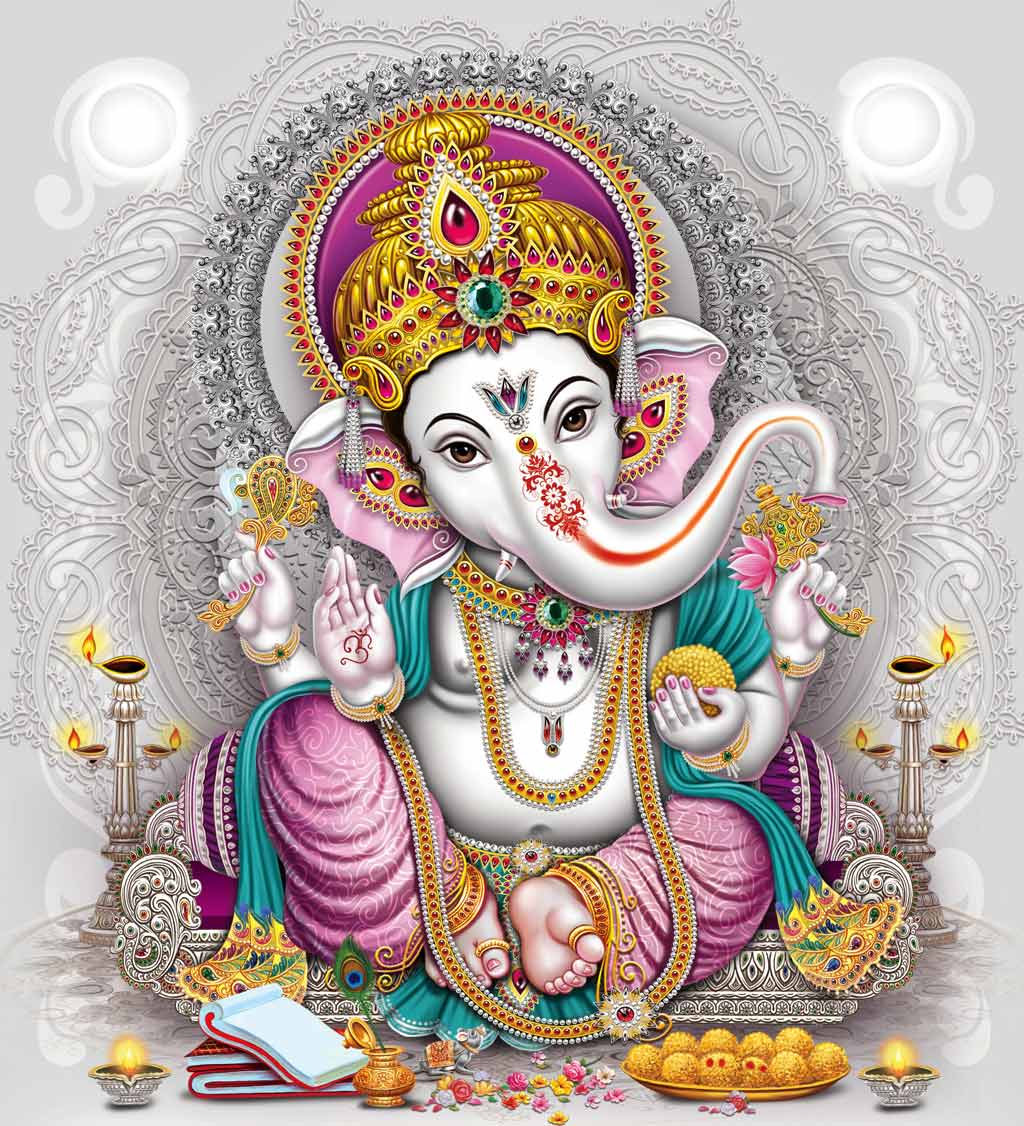
As an image, a deity is a personification of certain qualities or energies that exist in our universe.
An example could be Ganesha, the beloved overweight elephant headed God that rides on a mouse. Ganesha is the remover of obstacles and the keeper of wisdom. Basically, he represents incredible enthusiasm and trust. Qualities that radiate from knowing one’s own essence.
The image itself is little more than a kind of object to keep your attention. Meanwhile, we engage in the deeper task of tuning into the felt sense of the energy that the image represents.
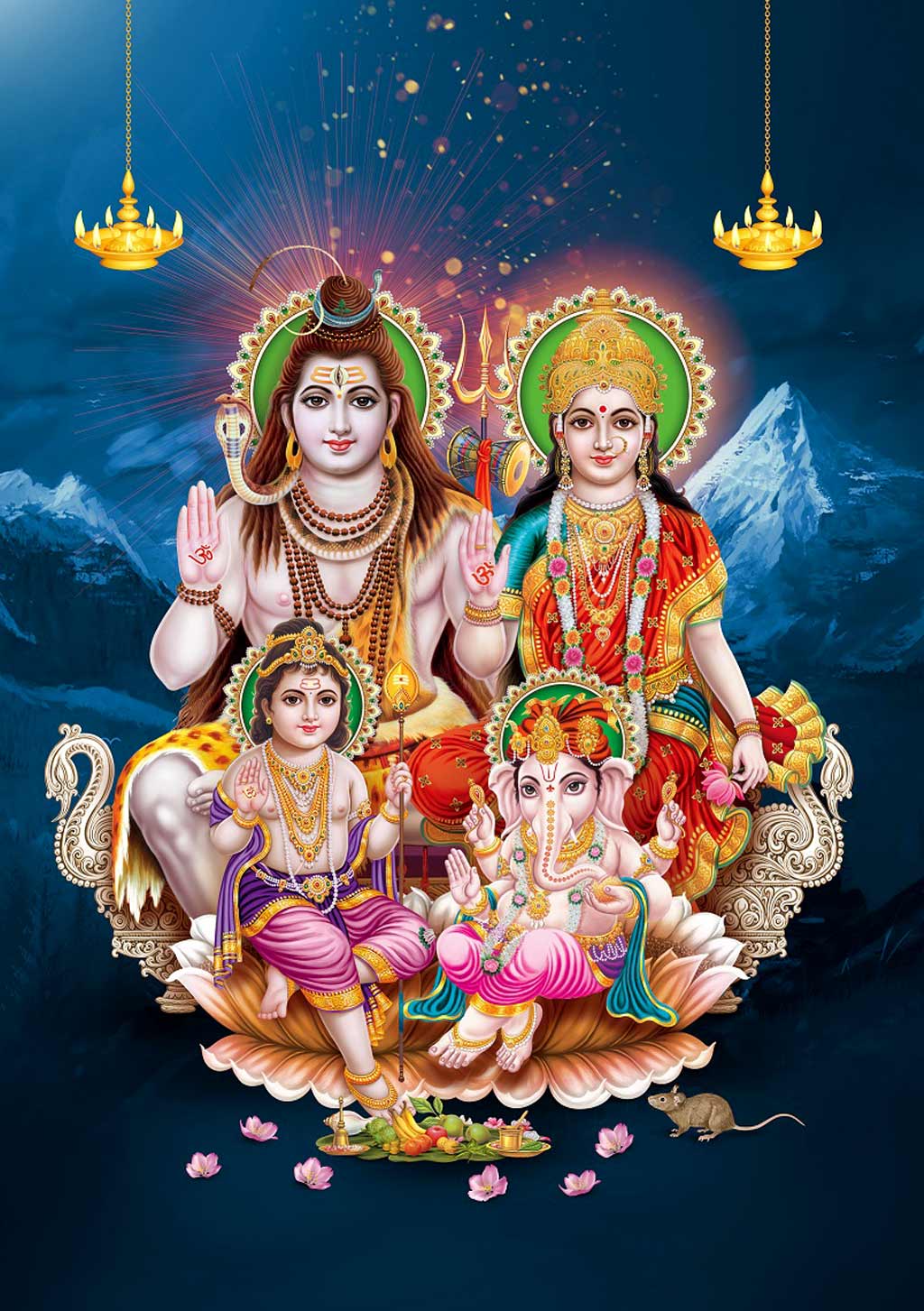
The Image of the deity is easy to feel connected to. It’s easy to feel inspired by the sight of a jolly playful elephant-headed God. Beautiful green skinned woman sitting on lotus flowers are likewise easy to Love.
This is an important stage in the practice. However, by itself it means very little as far as spiritual transformation goes. The Image of a deity represents a particular flavour or frequency of universal energy.
Each of these manifestations of consciousness represents a vision of this reality. For example from the perspective of Tara, compassion is the essence of reality and everything is a manifestation of that compassion. From the Perspective of Tripura Sundari, Beauty and perfection are the essence of reality. Each perception is a modulation of that pure, transcendent beauty.
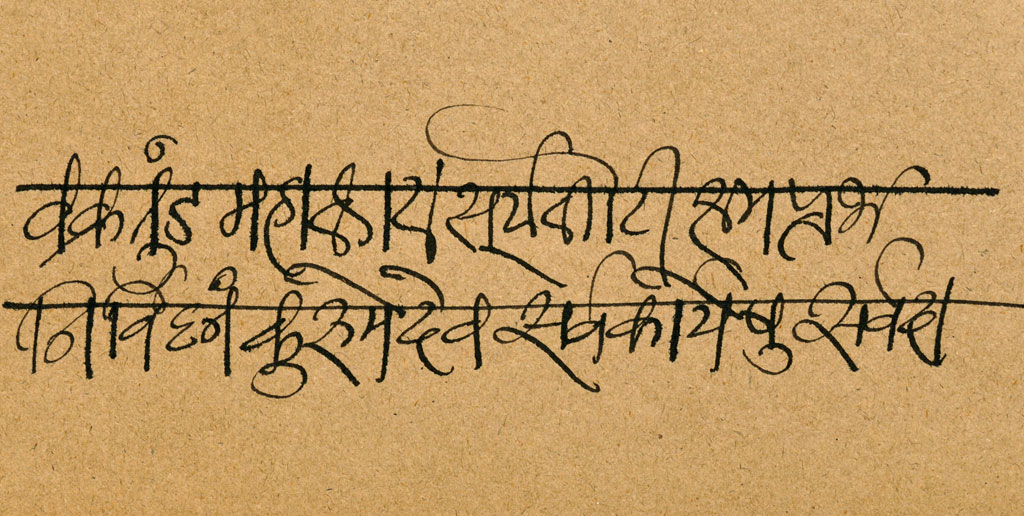
The Mantra of the Deity
The easiest way to relate to abstract or transcendent aspects of reality is through an image. Because the mind finds images easier than abstract ideas of which it has no experience. Along with this, each deity has a mantra associated with it.
Using a mantra is like attempting to tune the radio of our mind, into a very specific radio station. The mantra itself is a sonic representation of the energy of the deity. By reciting it we slow begin to attune the mind into that frequency.
Note: just saying the syllables is not enough. It certainly helps to have a well trained, quiet and receptive mind. It is also important to be open and free from doubt. Not to mention full of genuine love. Or at least deep curiosity for the process you are engaging in.
Deities Transcend the Mind
The reality expressed in the form and mantra of the deity are extremely subtle.
Typically, the minds of most people are full of concerns, worries, plans and relatively self-centred thoughts. In other words, our minds tend to be quite gross.
Perceiving the subtle reality of universal energies requires practice for most people. It’s a little like attempting to pick up a fine sewing needle while wearing 16oz boxing gloves. In theory, it’s possible, yet the tools we are using are generally far too clumsy for the task.
However with practice, the dull, gross and busy mind will start to become quieter. As the mind opens, we tend to have and less full of thoughts about ourselves. This quiet spaciousness makes the mind both more receptive and more available.
A common way of working with a deity is through The Practice of Puja. Which you can learn more about in this article.
Transformation of the Mind
Then, eventually, the mind is infused with and absorbed into that energy.
When we are overcome with anger, we see people and the world in a very specific way. We have entire stories that seem so very real. 20 minutes or 1 day later, when the anger subsides, we may feel joy, sadness or some other emotion. Notice how the angry stories and perspectives no longer fit? They’ve been replaced by something else.
In general in meditation, the usual swirl of thoughts about me and my life begins to subside. The mind will quiet down (if we are patient!). In deity yoga, we work with visualisation and mantra. Thus, the mind becomes infused with the energy of the deity you work with. Suddenly perceptions become clear. What was once clouded and influenced by heavy personal emotional biases like anger etc. Is now infused with the radiance of the deity, of the universal energy they represent.
For example, typically we may find many reasons to feel the victim of our situation. We may be accustomed to seeing limitations and struggle and not even consider another possibility. A period of working with Ganesha may gradually infuse the mind with enthusiasm, optimism and trust. Eventually, you will see opportunity where you once saw only limitation.
Can Deity Practice Transform Karma?
Yes and no. Again it’s a question of personal responsibility. Sometimes we are looking outside of ourselves for help. We hope or expect some external force to change us and our problems to dissolve. This pretty much doesn’t work.
Ideally, the deity practice is a gateway to the surrender of our personal limitations. This, coupled with learning to recognise the presence of this aspect of the divine within our own being can bring about huge changes in our way of relating to ourselves and the world.
This is not a magical cure all. It will not make life ‘easy’. Especially if for you, ‘easy’ means never being challenged. Potentially the level of challenge we face may increase as we create space within ourselves for our unconscious to become conscious.
The Grace of the Palm Leaves
The deity practice, pujas, mantras, offerings and acts of worship and the inner shifts they bring about make it easier to navigate the waves. When I teach, I like to say that the roller coaster ride doesn’t necessarily stop, but we can get over the motion sickness.
This is why the palm leaves prescribe remedies. These Palm Leaf Remedies are not chores that you ‘must’ do. They are opportunities to create openings in the bubble of ‘me’, that the benevolent forces of the universe may work through you.
An important shift comes when we stop seeing life as a threatening ‘other’, and ourselves as small in relation to that other, and start seeing life as a teacher, a lover, a benevolent guide. This is the gift of deity yoga and it is the magic and the Grace of the Palm Leaves. can reveal if we are ready to open to the practice.
Open yourself and let this grace find its way to you. Find Your Leaf now.

About My Palm Leaf
The legends say that thousands of years ago, a group of Indian sages perceived the lives of people living throughout all ages and wrote them onto the Palm Leaves. These manuscripts are stored in temple libraries all over the south of India.
We help you to find your manuscript, have a reading online and receive the guidance of the sages. This guidance can assist you to overcome obstacles in your life, and understand your life from a higher perspective.
